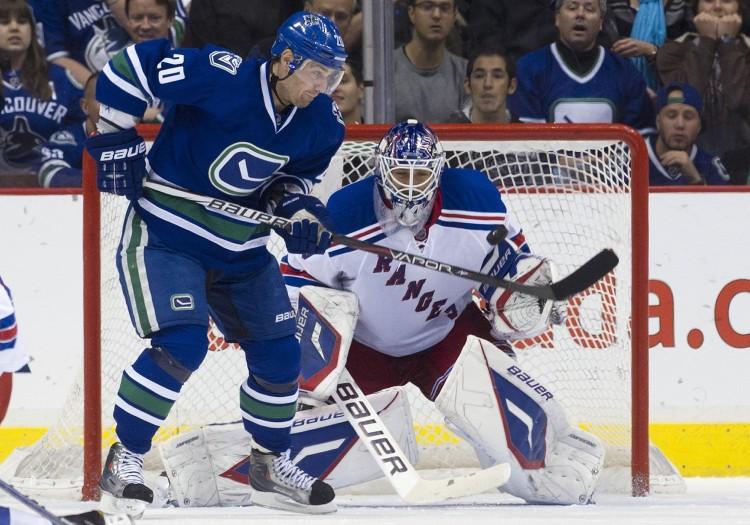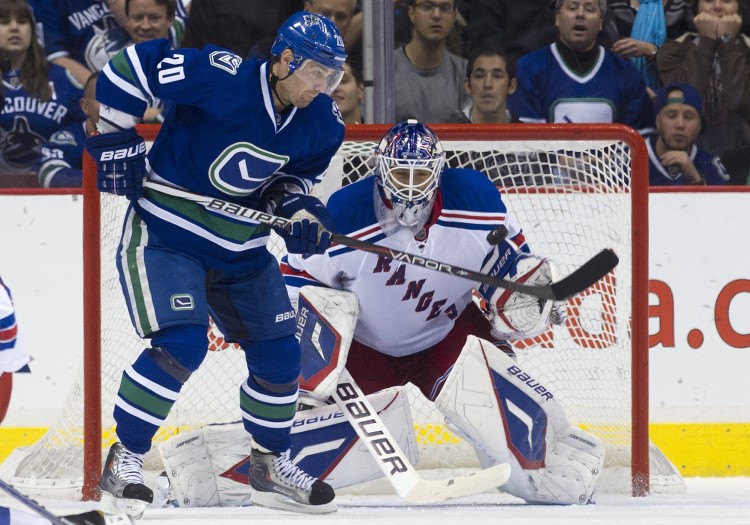COMMENTARY
With 3 lockouts in 18 years including a completely lost 2004–05 season, clearly something’s not working with the National Hockey League.
League revenues have risen every year since the last lockout. The salary cap—the maximum amount teams are allowed to pay their players—is a percentage of league revenues and has correspondingly risen every year since the last lockout (by 6.9 percent on average).
But 18 of the 30 NHL teams failed to earn an operating profit last year, according to data from Forbes.
Under the prior Collective Bargaining Agreement, 57 percent of hockey revenues last year went to pay the players. The owners want to reduce that revenue share to slightly less than 50 percent.
Last season, the salary floor, the minimum amount teams must pay their players, was $48.3 million. It is set at $16 million less than the cap.
Of the 18 teams that had an operating loss last year, half of them spent less on players than the midway point between the cap and the floor ($56.3 million), according to data from capgeek.com.
Granted, there are a lot more factors that go into calculating operating revenue—concession and merchandise sales, attendance, etc.—but, these nine teams face severe challenges under the current cap/floor structure. They generally tried to pay less for player wages and were still not profitable.
In contrast, certain teams can operate profitably under the prior CBA. Of the 12 profitable teams, 10 managed to do it while paying more than the somewhat arbitrary $56.3 million figure. So these teams generally tried to get “better” players to improve their chances of winning the Stanley Cup and were still able to turn a profit.
Two-Tier League
The first step to a healthier NHL is reducing the number of teams from 30 to 24. Obviously, this is a draconian step, but a healthier NHL would have fewer teams and perhaps there would be no need for equalization payments.
Next, taking a page out of international football (soccer), create a two-division NHL each with 12 teams.
Only Division 1 teams can win the Stanley Cup with 6 of the 12 teams making the playoffs. Playoffs would work as they do in the NFL using some kind of wildcard system. Division 2 teams aim to get promoted into Division 1 so that they can win the Cup next year or in the near future.
The bottom two teams in Division 1 at the end of the regular season get relegated into Division 2. And if we want to spice things up, the top four regular season finishing teams in Division 2 can have a playoff to determine which two get promoted to Division 1.







